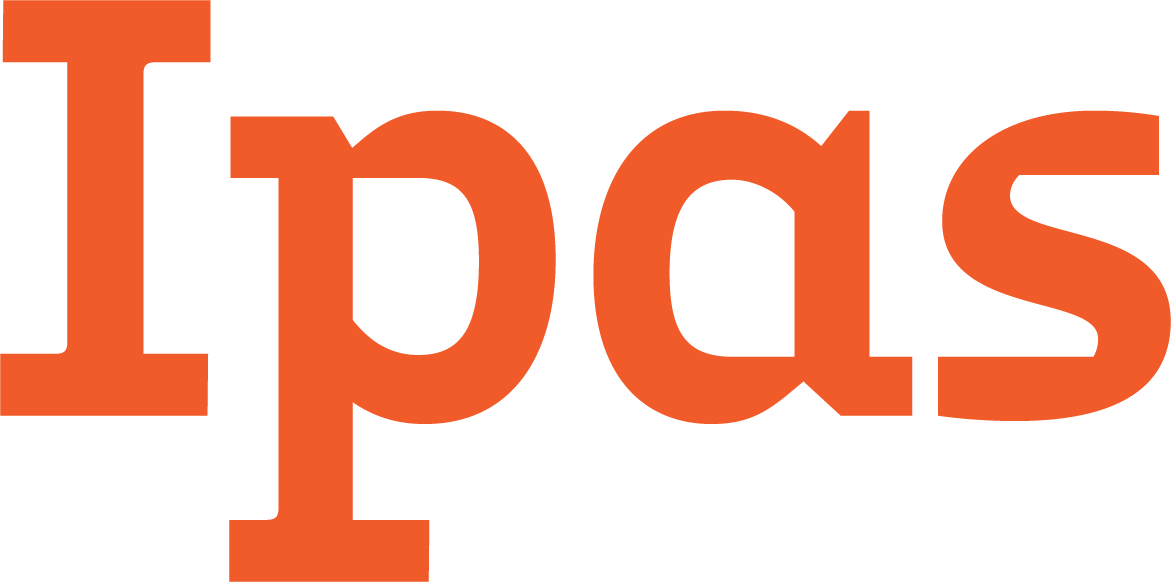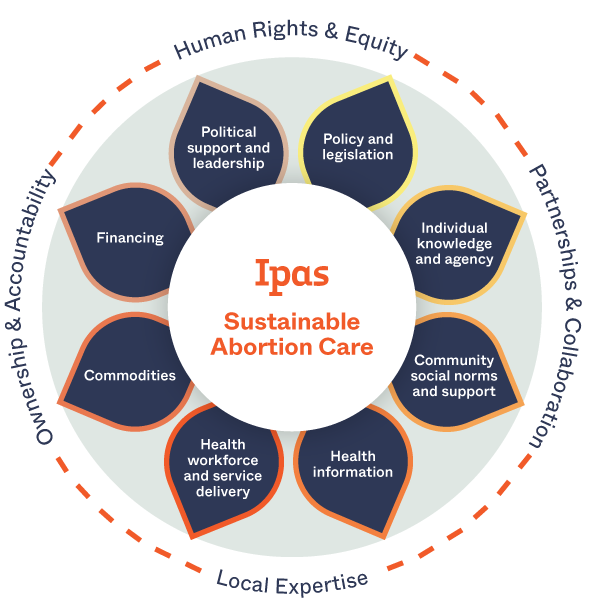Ipas announces two small grant awards that are funding innovative research in South Africa attempting to better understand the safety and prevalence of women using medical abortion (abortion with pills) outside the formal health system.
Women around the world who face barriers to abortion care—such as restrictive laws, abortion-related stigma, and limited financial resources—are increasingly learning about and choosing to use medical abortion without guidance from health-care providers, yet little research exists on the subject.
“We know from much clinical research that medical abortion is very safe and effective, however almost all of that research has been conducted within the formal health system where trained health-care providers evaluated women’s eligibility for medical abortion and provided guidance on how to use the medicines,” explains Ipas Health Systems Manager Bill Powell. “These new studies will help us understand more about how women are accessing and using medical abortion in their communities.”
Online gestational calculator will help women assess their stage of pregnancy
Led by principal investigator Dr. Jane Harries at the University of Cape Town, one Ipas grant-funded research project is developing a web-based application—specially tailored to the South African context and easily accessible from computers or mobile telephones—that evaluates both women’s ability to accurately assess their own gestational age and the tool’s effectiveness in helping them do so.
“Prior research has indicated that younger women are comfortable using mobile phone technology for abortion-related issues, but using web-based applications to assist women in determining their gestational age—and hence eligibility for medical abortion, or for abortion in general—is something novel,” Dr. Harries explains. “Most pregnancy calculator apps or websites utilize due-date calculators and provide other information that is not suitable for a woman seeking to terminate a pregnancy.”
Women’s ability to correctly assess their own gestational age prior to using medical abortion is important because doses and regimens change as gestational age increases, and incorrect doses can lead to diminished abortion success rates or potential complications.
“If we find useful tools to help women correctly assess their gestational age, this will provide enhanced safety for women,” Powell says. Dr. Harries and her team believe a web-based application could help women make safer health decisions based on accurate information.
Social networks will lead to more accurate picture of medical abortion use
Led by Dr. Caitlin Gerdts at the University of California at San Francisco, a second Ipas grant-funded research project is testing the feasibility of a newer research methodology to identify and quantify the population of women who have used medical abortion outside of the formal health system in Cape Town, South Africa.
The methodology, called respondent-driven sampling (RDS), uses social networks to identify populations engaged in stigmatized or hidden behaviors—in this case, women who choose to use medical abortion without guidance from a health-care provider. First developed in the 1990s and used in HIV/AIDs research, RDS has never been used to study abortion before.
“If we are successful, RDS should not only give us an unbiased estimate of the number of women using medical abortion outside the formal health system in South Africa, but also will give us a unique opportunity to assess the safety of self-induction using medical abortion [without guidance from a health-care provider],” explains Dr. Gerdts. “We think it provides a promising way of recruiting women for studies about medical abortion that isn’t subject to all the pitfalls and biases of traditional clinic-based recruitment.”
Since people engaged in stigmatized behavior generally try to keep their behavior a secret, clinic-based recruitment for study participants engaged in stigmatized behavior has long been problematic for researchers. RDS can be more successful because it accounts for the fact that people engaged in stigmatized behavior may not visit a health clinic or reveal their behavior to health-clinic staff, but they often form social networks around that behavior. Using people’s social networks to recruit study participants can therefore lead to a study sample that accurately represents the population researchers wish to study.
Powell believes the RDS methodology holds promise for measuring prevalence, safety, efficacy and women’s experiences with medical abortion in their communities and outside of the formal health system. “This research could add an improved method of measurement to the abortion research toolkit,” he explains.
Dr. Gerdts and her team believe this research will be an important innovation not only for researchers, but for program planners and policymakers who design policies and services for women who use medical abortion. “We also think that providing an estimate of the number of women who use medical abortion [without the guidance of a health-care provider] will help demonstrate that it is safer, more effective, and more common than many people realize,” she adds.
For more information, contact [email protected]

